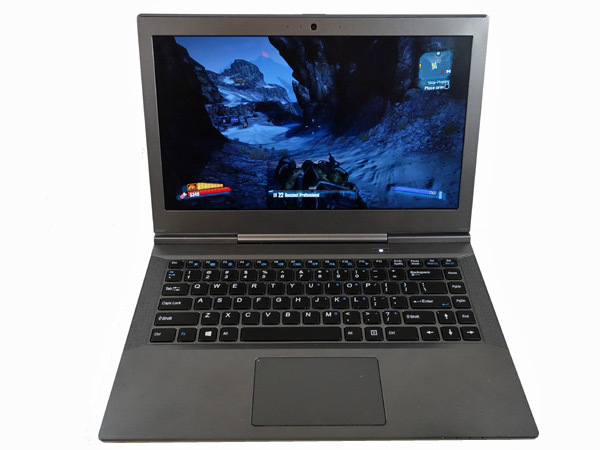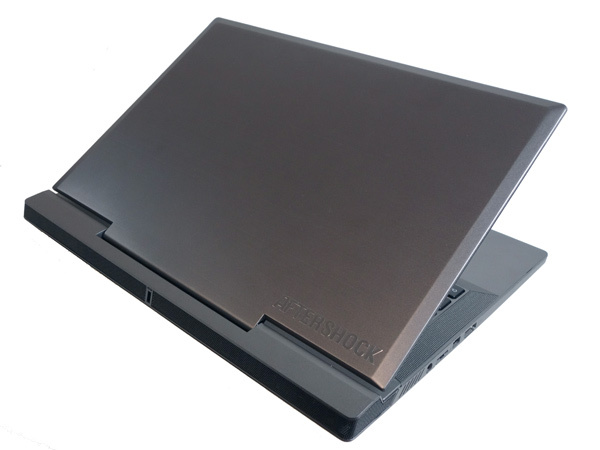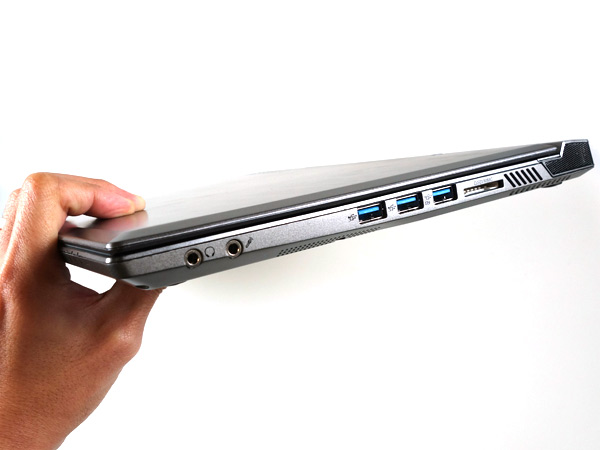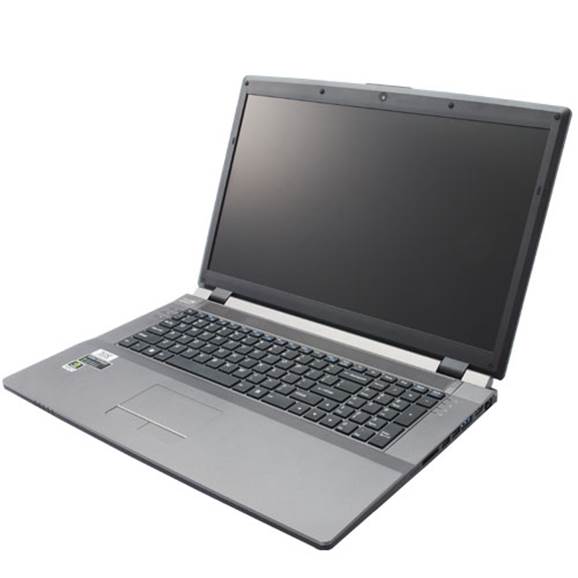Right now, Ultrabooks are the notebooks that consumers are
lusting after, and with good reason. These thin, light, and sexy notebooks are
powerful enough to handle all the basic desktop applications, and more, without
issues. You can even get in a spot of gaming, of course, if you're willing to
drop the visual quality settings down a few notches.
However, according to Aftershock - a Singapore-based
boutique laptop builder - there is a new breed of user to consider. Customer
feedback show that this small pocket of users require (or rather, demand) the
portability of an Ultrabook, but with more power than a typical Ultrabook can
provide.
This led Aftershock to develop the Halo, a notebook with
Ultrabook-esque dimensions, but with some significant differences. Instead of
the usual dual-core, 15W, Ultrabook CULV processor, the Halo packs a 45W,
full-voltage, quad-core mobile processor in the form of the Intel Core
i7-4750HQ, which runs at 2GHz. This powerful chip allows users to work much
faster on CPU-intensive tasks like graphics rendering, something which an
Ultrabook can do, but at a much slower pace.

Aftershock Halo
In our benchmarks, the Aftershock Halo managed to do well
against other Ultrabooks. With PC Mark 8 - a synthetic benchmark that tests the
machine's performance on all fronts - the Halo's score of 3,783 PC Marks was
about 30% better than Ultrabooks running Intel's fourth generation Core
U-series (U for Ultrabook) CULV processors.
However, that's not all that a full-voltage processor brings
to the table. The Core i7 processor on the Halo also comes with top-tier Intel
Iris Pro 5200 onboard graphics. In the 3D Mark 2013 synthetic gaming benchmark,
the Halo achieved scores double that of some Ultrabooks we've tested, which
rely on Intel HD 4400 onboard graphics.
To be fair to the Ultrabooks tested, this level of
performance from the Halo won't be apparent when you're browsing the web or
typing out an assignment. Its effects will only be seen if you're editing any
type of media (images, videos, etc.), as tasks will be finished faster. The
Halo also allows for gaming, but at modest settings (let's face it, integrated
graphics still don't hold a candle to discrete solutions), so don't expect fancy
textures or high resolutions if you decide to run some games with the Halo.

In our benchmarks,
the Aftershock Halo managed to do well against other Ultrabooks
Also take note that the Halo's high performance also comes
at a cost. The machine might come with a large 53.28WH (multimedia notebooks
have a similar size battery) battery, but the processor and onboard GPU on the
Halo consume much more power than a regular Ultrabook. In the PC Mark 8 battery
life benchmark - which simulates intensive use - the Halo lasted for three
hours 28 minutes. Of course, with more conservative use and judicious power
management, you should easily be able to extend this a few hours more.
As you can probably tell by now, the Halo's appeal is in its
thin form factor and better- than-your-usual-Ultrabook performance.
Design-wise, Aftershock actually went with a ready-made shell from their OEM
suppliers, with little to no input on the actual design of the chassis.
That turned out to be a good thing, as the Aftershock folks
mentioned that the decision kept overall costs down, letting them focus on
procuring better components for what really mattered: the guts of the Halo.
Thankfully, the Halo isn't ugly, and actually looks quite
presentable with its gun-metal grey exterior. And if you're not a fan of that
color, Aftershock offers the option of coating the Halo with any color car
paint you choose, and for free too.

The hinge is
rigid, but it's designed to be lifted with only one hand
If you want something fancier, you can also choose to cover
your machine in vinyl wrap (typically used for cars), which comes in much more
designs. However, this will cost you $55 for the machine's lid, and $150 for
the whole machine.
But of course, being able to cover the Halo with the color
of your choice isn't going to help anything if it's fragile. Again,
Aftershock's suppliers delivered; the machine's build quality was good, thanks
to the thick polycarbonate (a.k.a plastic) material used. The Halo also has a
magnesium alloy lid, which admittedly isn't as rigid as aluminum, but still
manages to lend the Halo extra rigidity that makes the entire machine feel
robust, and ready to take on the abuse you dish out.
Unfortunately, despite good overall build quality, the
Halo's keyboard leaves us underwhelmed, as it flexes quite obviously. You can't
really feel it if you're a soft and gentle typist, but the more enthusiastic
keyboard warriors used to the robustness of mechanical keyboards will find this
flex annoying.

There are plenty
of USB ports and display options for the Halo
We like that there's no similar problem with the Halo's
large clickable trackpad. Clicks were registered with minimal force, which made
the clickpad comfortable to use. It was also responsive, while its matte
surface lets your finger to glide across, making navigating the Windows 8
interface a breeze.
While the general sentiments regarding the Halo are highly
positive, users who are looking for a portable notebook should also ask
themselves if they need the extra power that the Halo provides.
For the $2,111 that Aftershock is asking for the Halo,
you'll no doubt find an Ultrabook that's not only thinner and lighter with
better battery life, but cheaper and with a touchscreen as well. That said, the
Aftershock is excellent value for money. At that price, you'll get 8GB of RAM,
a full HD display (that is bright and with excellent viewing angles), a
powerful CPU (and onboard GPU), and even a free coat of automotive-grade paint
in the color of your choice.

The Aftershock is
excellent value for money
|
Specs and price
·
Price: $2,111
·
Processor: Intel Core i7 4750MQ
·
Graphics: Intel Iris Pro graphics 5200
·
Connectivity: Bluetooth, WLAN (802.11 b/g/n)
·
Ports: 3x USB 3.0, 1x mini-Display, ix HDMI out, 1x headphone
jack, 1x microphone jack, 1x RJ45, 1x card reader
·
Operating System: Windows 8 64-bit
·
Battery: 53.28 WH
·
Dimensions: 340 x 253 x 20.9 mm
·
Weight: 1.8 kg
Verdict
·
Physique: 8.5
·
User-friendliness: 9.0
·
Performance: 9.5
·
Value: 9.0
·
Overall: 9.0
|